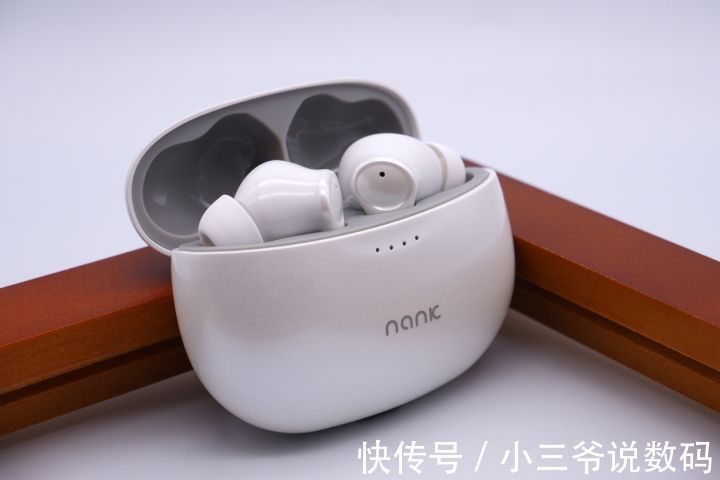Dashboard|Dashboard Layouts and Formatting
жң¬з¬”и®°еҸӘеҒҡеӨҚд№ д»ҘеҸҠе·©еӣәзҹҘиҜҶзӮ№дҪҝз”ЁпјҢеҲқж¬ЎеӯҰд№ иҜ·дёӢиҪҪз»ғд№ е·ҘдҪңз°ҝпјҢи·ҹйҡҸзҪ‘з»ңиҜҫзЁӢзҡ„и®Іи§ЈеҗҢжӯҘж“ҚдҪңпјҢз»“жһңеҸӮиҖғи§Јжі•е·ҘдҪңз°ҝгҖӮ
Tiled and Floating Layouts
By default, views and legends pull out as tiled dashboard objects. LetвҖҷs make this fit nicely.

ж–Үз« еӣҫзүҮ
If we click here on the left where it says Floating, we can change that behavior. Note how the grey drop area indicator looks different, and if we let go, this view and all its legends and filters will come out on top of the view underneath it.

ж–Үз« еӣҫзүҮ
Tiled layouts automatically fill the entire space, Floating objects can have a fixed size and position. LetвҖҷs undo that.
Floating Objects
Floating objects allow for very precise control of where objects go. LetвҖҷs bring out the color legend for the map and ?oat it.
- Click on the map
- Open the menu
- Go to Legend -> Color Legend

ж–Үз« еӣҫзүҮ
This Average Shipping Cost legend only applies to the top view. If we hold down the shift key and click and drag, this object will ?oat. Now we can overlay it on top of the map. LetвҖҷs verify that weвҖҷre clicked on Ave. Shipping Cost in the layout area. This is our ?oating legend. Now, the very bottom of the dashboard pane shows us controls for position and size. We can make very controlled adjustments for ?oating objects such as moving it over by decreasing the x position.

ж–Үз« еӣҫзүҮ
Titles and Dynamic Values Good titles are important for effective communication.
- If we double click on a title, we can edit it.
- The default is the sheet name, but we can replace that with whatever we want
- If we click on Insert, weвҖҷll get a list of things that can be put in the title. This depends on what fields are in use in the view
- Here, we see that Ship Mode is an option.
- LetвҖҷs rename this вҖңAverage Cost forвҖқ then insert Ship mode and follow up with вҖңShippingвҖқ.

ж–Үз« еӣҫзүҮ
- Now as we play with that Ship mode flter, weвҖҷll see this title dynamically change.

ж–Үз« еӣҫзүҮ
- One thing to note is that if we change the shading, say to yellow, only dashboard items are shaded.
- Views have their own formatting.

ж–Үз« еӣҫзүҮ
- To make the entire display yellow, weвҖҷd need to go to each view on the dashboard and format their shading.
- Right click in a view then click format. If we go to Shading, and select that same yellow, see that the view we had selected turns yellow.

ж–Үз« еӣҫзүҮ
- LetвҖҷs clear that.
- For more information, see the video on The Formatting Pane.
- Here, I want to add the Tableau logo

ж–Үз« еӣҫзүҮ
- IвҖҷll bring out Image, navigate to the logo and open it

ж–Үз« еӣҫзүҮ
- By going to the menu,
- We see the option to add the image as a hyperlink to a URL
- Or we could center the image

ж–Үз« еӣҫзүҮ
- If we want to add a web page, we simply bring out the web page part, we can drop it here at the bottom

ж–Үз« еӣҫзүҮ
- For the URL, IвҖҷll put tableau.com

ж–Үз« еӣҫзүҮ
- Simply dragging on the top lets us resize this
- And itвҖҷs still a fully interactive webpage, just like in a browser
- But now the logo doesnвҖҷt ft very well
- If we go to the menu, we see the option to fit image.
- This keeps the image resized to fit the dashboard.

ж–Үз« еӣҫзүҮ
- If we wanted to move the logo over to the left, thereвҖҷs no left align option, just centering.
- So instead, we can bring out a blank object to the right, and adjust it until the logo is where we want it to be.

ж–Үз« еӣҫзүҮ
Layout Containers Layout containers are a great way to control placement on a dashboard. Here, when we have a tiled layout, note that if we click a specific ship mode, the bar chart is a static size but more or less bars are squeezed into that area.
- LetвҖҷs go to a blank dashboard and bring out a horizontal layout container

ж–Үз« еӣҫзүҮ
- WeвҖҷll bring out Running Total

ж–Үз« еӣҫзүҮ
- And below it, Shipping Cost

ж–Үз« еӣҫзүҮ
- Click on the header to get the menu drop down
- Go the menu, and weвҖҷll select fit -> entire view

ж–Үз« еӣҫзүҮ
- Just to make this more visually obvious, weвҖҷll click on the header for Running Total
- Bring up the menu, select quick filter, and bring out the filter for Ship Mode,

ж–Үз« еӣҫзүҮ
The layout area of the Dashboard Pane can help visualize what views are in what containers, or allow us to add borders and shading around a collection of objects
гҖҗDashboard|Dashboard Layouts and FormattingгҖ‘Now letвҖҷs see how layout containers handle the resizing of those bars
- If we flter to All modes, the Running Total is pretty small up at the top.
- But if deselect ship modes, the bar chart collapses and the Running Total chart automatically flls that space
- As we select fewer or more modes, the sizes automatically adjust Layout containers can be a powerful way to control how a dashboard is laid out. For more information on working with Layout containers, check out the Online Help.
жҺЁиҚҗйҳ…иҜ»
- android第дёүж–№жЎҶжһ¶пјҲдә”пјүButterKnife
- Androidдёӯзҡ„AESеҠ еҜҶ-дёӢ
- Eddyе°Ҹж–Ү
- еёҰжңүHiltзҡ„AndroidдёҠзҡ„дҫқиө–жіЁе…Ҙ
- android|android studioдёӯndkзҡ„дҪҝз”Ё
- AndroidдәӢд»¶дј йҖ’жәҗз ҒеҲҶжһҗ
- RxJava|RxJava еңЁAndroidйЎ№зӣ®дёӯзҡ„дҪҝз”ЁпјҲдёҖпјү
- Android7.0|Android7.0 第дёүж–№еә”з”Ёж— жі•и®ҝй—®з§Ғжңүеә“
- ж·ұе…ҘзҗҶи§Ј|ж·ұе…ҘзҗҶи§Ј Android 9.0 Crash жңәеҲ¶пјҲдәҢпјү
- EditTextй»ҳи®ӨдёҚиҺ·еҸ–з„ҰзӮ№еј№еҮәй”®зӣҳ











